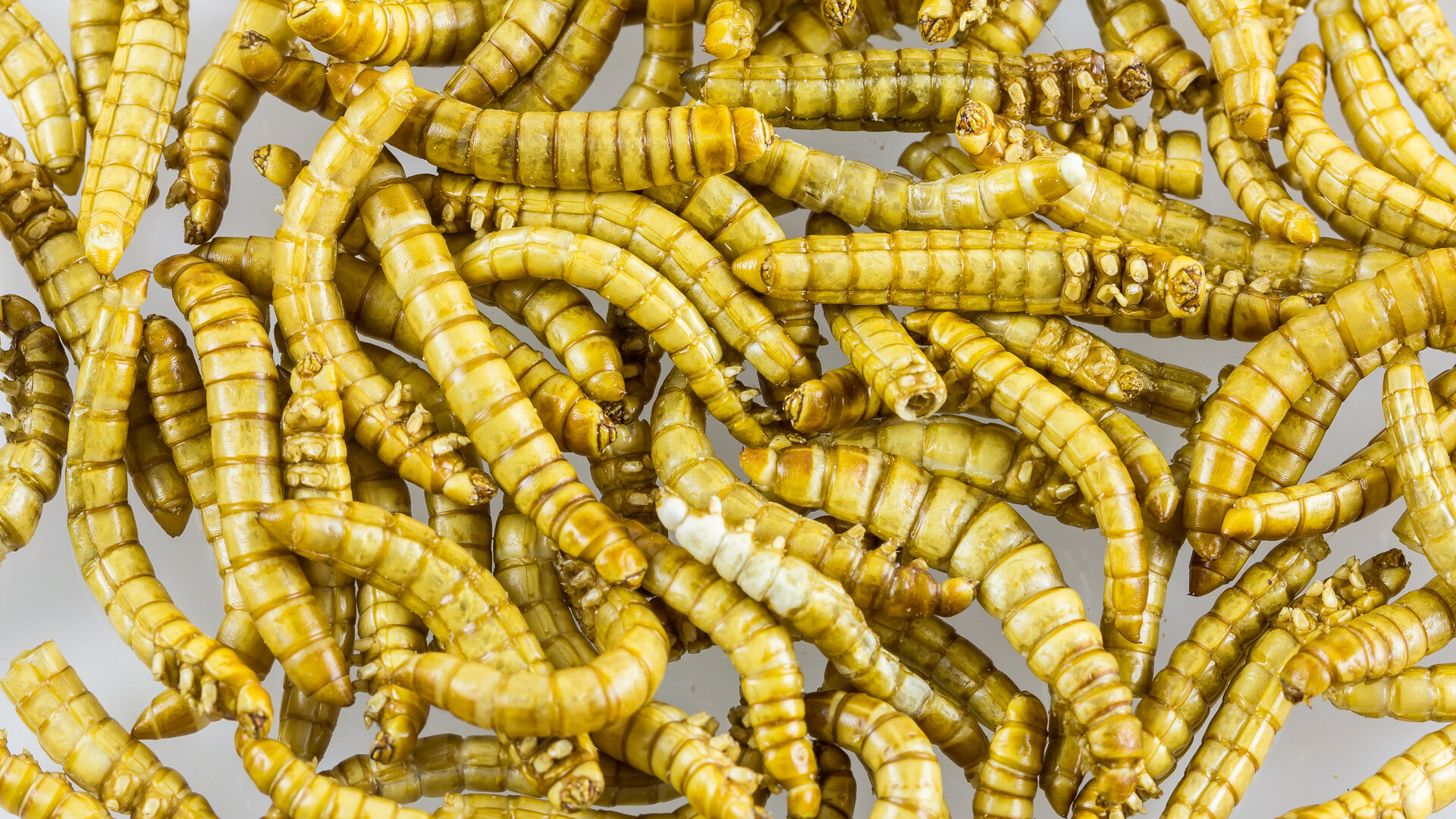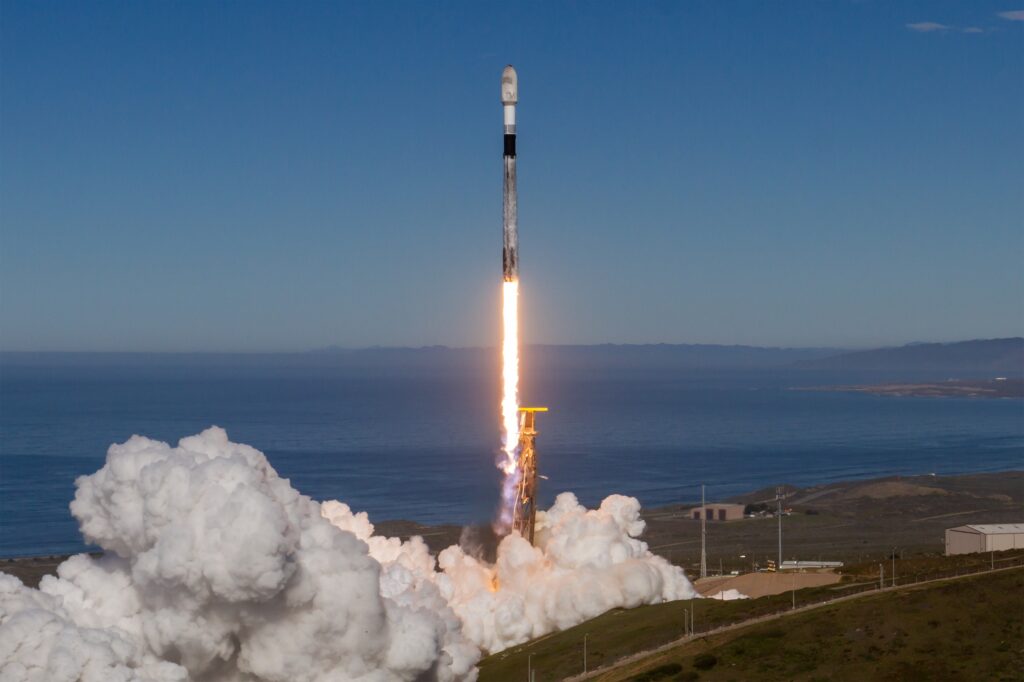Now Reading: Insects on the space menu
-
01
Insects on the space menu
Insects on the space menu


07/11/2025
166 views
4 likes
Long before humans reached orbit, insects had already shown they could handle the hurdles of spaceflight. Light, highly adaptable and nutritionally rich, these resilient animals present an attractive option for European researchers studying reliable food sources for long-duration missions.
Eating insects is not unusual: billions of people do it every day. According to the UN’s Food and Agriculture Organization, humans consume over 2000 species of insects around the planet.
The European Space Agency has now brought together a team of food, biology and space experts from across Europe to study whether insects could become part of an astronaut’s menu.
How well the creepy-crawlies do in space has been the subject of several experiments dating back to the 1940s.
While the results vary depending on the species, microgravity does not seem to disrupt their development or behaviour in major ways.
“Insects seem to cope quite well in space environments. They have a good ability to withstand physical stresses,” says Åsa Berggren, Professor at the Swedish University of Agricultural Sciences and lead author of a study published in the journal Frontiers in Physiology.
“These small animals are also very good at converting materials that we humans cannot eat into their own growth and provide us with nutritious food,” adds Åsa.
The team found in these tiny creatures a clear potential to recycle nutrients and produce protein in a sustainable way. But before insects could make it onto the space menu, European researchers first wanted to understand how microgravity affects key biological processes, such as life cycles, physiology and reproduction.
Bug orbital hotel
The first animal to reach space and survive the trip was the fruit fly in 1947. This humble insect travelled on a V-2 rocket to study the impact of radiation on living organisms.
Since then, fruit flies have become a standard model for physiology, behaviour and development research in space. They managed to complete their entire life cycle in microgravity, from fertilisation to adult insects capable of producing offspring.
Many more have followed: bumblebees, houseflies, caterpillars and ants. Ants showed a remarkable ability to cling to the surface, while species such as stick insects struggled with movement, radiation and reproduction.
In a striking endurance test, water bears – tiny invertebrate animals known for surviving extreme conditions – endured exposure to outer space during ESA’s ‘Tardigrades in space’ experiment in 2007.
Understanding the mechanisms by which organisms survive in space can open new doors in bioscience.
Yummy space bites with legs
On Earth, insects are valued both for taste and nutrition, gaining visibility in Europe as part of more sustainable food systems. The most popular ways of cooking and spicing them make crickets taste like nuts with a smoky aftertaste, while mealworms resemble bacon and ants have a lemon tang.
Worms and other bugs are an excellent source of high protein, fatty acids, iron, zinc and B vitamins, with values often comparable to or higher than those of meat, fish and legumes.
For space research, the house cricket and the yellow mealworm have been among the most used invertebrates. Both species were authorised by the European Food Safety Authority for sale and human consumption in 2023.
Cricket flour is a source of protein commonly used to make bread, pasta and crackers.
ESA astronaut Samantha Cristoforetti even packed a blueberry cereal bar with cricket flour for her space mission in 2022.
Not on the menu – yet
The big picture of space’s impact on insects is still incomplete. Much of the available data is old – many experiments were done between 1960 and 2000 – and scattered across different missions.
The duration of the experiments is another limitation. Many studies on parabolic flights lasted only a few minutes, and even longer stays in space did not exceed 50 days, shorter than an insect’s full life cycle.
Researchers now want to test species that could complete every stage during their stay in orbit. For this purpose, ESA and its partners are currently designing new experiments on the effects of microgravity on insects.
Stay Informed With the Latest & Most Important News
Previous Post
Next Post
-
 012024 in Review: Highlights from NASA in Silicon Valley
012024 in Review: Highlights from NASA in Silicon Valley -
 02Panasonic Leica Summilux DG 15mm f/1.7 ASPH review
02Panasonic Leica Summilux DG 15mm f/1.7 ASPH review -
 03How New NASA, India Earth Satellite NISAR Will See Earth
03How New NASA, India Earth Satellite NISAR Will See Earth -
 04And Thus Begins A New Year For Life On Earth
04And Thus Begins A New Year For Life On Earth -
 05Astronomy Activation Ambassadors: A New Era
05Astronomy Activation Ambassadors: A New Era -
06SpaceX launch surge helps set new global launch record in 2024
-
 07Space Force plans new ‘Futures Command’ amid pressure to speed up modernization
07Space Force plans new ‘Futures Command’ amid pressure to speed up modernization



















